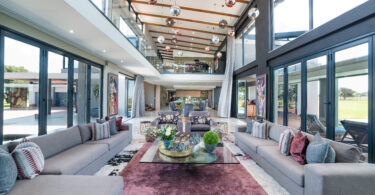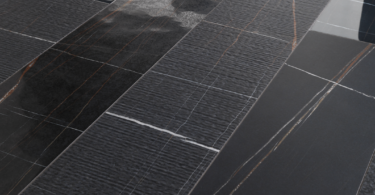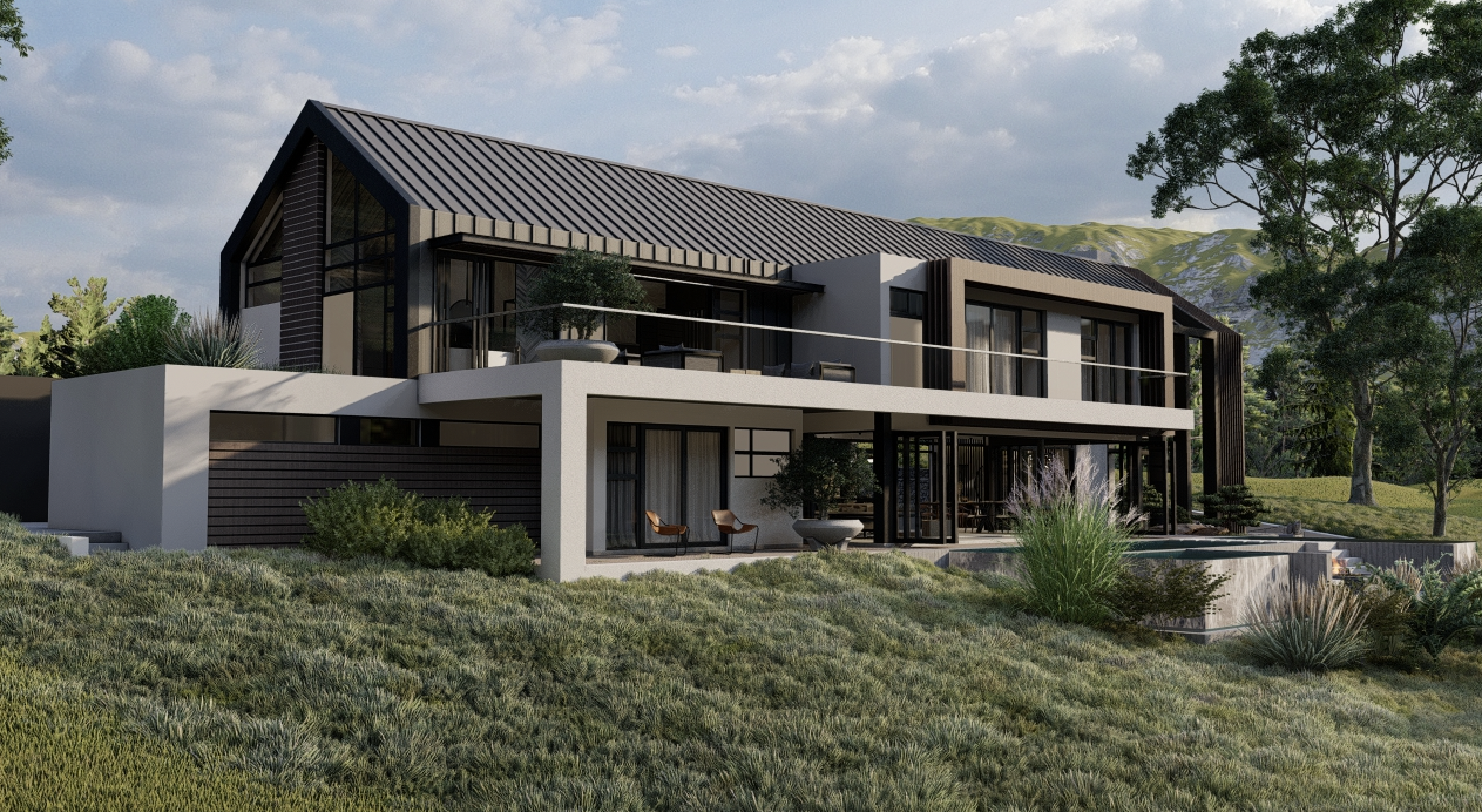Firepits are this season’s must have socialising hub. Craig de Necker of The Friendly Plant shares some handy tips on choosing the right design to suit your requirements.
Wood burning
This type of fire pit is cost-effective and easy to install. It’s simply an open pit where you can burn anything, from firewood to charcoal or logs of wood. This is the most popular type of fire used in fire pits, as it creates a Bushveld-like ambience.
Bio-fuel
These burners are typically manufactured from stainless steel. The burner unit is fitted into the fire pit and bio-fuel (a version of denatured methanol/mentholated spirits) is used to provide warmth and a nice flame without smoke. Bio-fuel burners are a high-end item in terms of price, but they make it possible to have fire pits in very confined areas, as well as areas where smoke can become a problem.
Gas
Gas burners offer similar benefits (and pricing) to bio-fuel burners and are convenient and clean to use. They provide a nice flame without smoke and can be used indoors. The gas burner is fitted into the fire pit in a similar way to bio-fuel burner. Provision needs to be made for storing a gas bottle, unless you’re connecting up to your existing household gas infrastructure.
Height
A lower border around the fire pit will allow heat to radiate more easily at a lower level, whereas a high fire pit will leave you cold from the knees down.
Drainage
Remember to ensure drainage. Without proper drainage, the fire pit will be difficult to clean. It will also fill with rainwater, which can easily become stagnant during the rainy season, attracting mosquitoes and growing algae.
Create a destination
Fire pits are ideal for secluded sections of the garden and should not necessarily be built right in front of the house. A well-designed fire pit area should beckon you from inside your house to spend time in the garden!
Tip: Be sure to construct your fire pit away from flammable materials such as thatch roofing.
Images by The Friendly Plant













Leave a Comment